AMD’s 5 GHz Turbo CPU in Retail: The FX-9590 and ASRock 990FX Extreme9 Review
by Ian Cutress on August 9, 2014 8:00 AM ESTASRock 990FX Extreme9 BIOS
For those that have followed our Z87 and Z97 BIOS coverage, the ASRock BIOS for the 990FX Extreme9 falls very much on the side of Z87, which makes sense as the platform will probably not be seeing many updates, if any, for the foreseeable future. The main screen uses white text on a starry background, with the selected option very clearly defined.
In this main screen we have details of the motherboard name, the BIOS version, the CPU installed, the CPU Speed, the DRAM installed, the per-module density and the current speed of each module. Other information that would be good to have includes the main system voltages, temperatures and fan speeds. Note that ASRock has not yet implemented a system that contains this information across every BIOS screen, unlike some of their competition. On this screen is also an ‘Active Page on Entry’, useful for overclockers that want the BIOS to skip straight into the OC Tweaker menu.
The OC Tweaker menu, as the name suggests, has the overclocking options. ASRock like to add in some automatic overclock options, and here we get the choice from a 5% to a 50% overclock:
Typically the higher overclocks would be outlined in red to indicate an extreme overclock, but ASRock does not do that here. The rest of the OC Tweaker menu has the CPU configuration settings, DRAM Timing options and Voltage configuration. Load Line Calibration is a single option in the voltage section, and the DRAM Timing Control is a separate menu item for memory sub-timings:
The Advanced tab contains options for enabling/disabling controllers, adjusting SATA modes and implementing some power saving features. The Tool menu next is where ASRock has their more interesting features, such as System Browser that gives an overview of the motherboard and tells the user what is installed:
The Online Management Guard feature displays a timetable for the week and allows the user to disable the network features. One of the major purposes of this feature is for adults to restrict their children’s use of the internet at odd hours of the day.
The Dehumidifier function keeps fans enabled after the system has switched off in order to equilibrate the temperature inside the case with the temperature outside the case. In the event of warm, moist air in the case that cools in the evening, in humid climates this may cause condensation, hence this feature. There are also menu options to save user profiles within the BIOS underneath this setting.
The Fan Controls are how ASRock used to do them, in terms of ‘levels’, with the higher the level indicating how quickly the CPU fan power would ramp up. Some of the headers have the option of tying the fan power to the CPU temperature, meaning that if the CPU temperature rises above a value, the fan is placed on full speed until the target temperature is reached.
The BIOS finishes up with boot options and security. One missing feature from ASRock BIOSes is a boot override feature, allowing for a one-time boot from within the BIOS.
ASRock 990FX Extreme9 Software
The software for the Extreme9 is centered around the ASRock Extreme Tuning Utility, or AXTU for short. AXTU used to be the main interface, until A-Tuning came about for Intel’s 8-series motherboards, but due to the age of the motherboard (or perhaps incompatibilities) this software has not been upgraded.
The screen that pops up first with AXTU is the Hardware Monitor interface. This shows the CPU speeds, base frequencies and multipliers, as well as the fan speeds, temperatures and voltages. Two key bits of information missing are the CPU installed and the motherboard which is being used.
AXTU also is part of the fan control:
The fan controls here are similar to that in the BIOS, relying in the ‘level’ system to determine the gradient at which the fan speed is ramped up. Users can select a target temperature which will put the fan at full speed when the CPU is above the target.
The overclocking interface offers several simple options, although no automatic overclocking setups. Here we can adjust the base frequencies, the multipliers and the voltages, although nothing along the lines of load-line calibration.
AXTU also provides an interface to save the BIOS and some power saving features, but also XFast RAM. This feature allows the user to partition off some of the memory into a RAMDisk, and AXTU will also manage some caching options in order to speed up some of the operating system functions.
While ASRock has dropped XFast USB with the latest Intel 9-series motherboards, the software is here on the Extreme9 and implements newer USB protocols to increase peak transfer speeds at the expense of latency. In our copy tests, the XFast feature does provide a tangible benefit, although the feature is limited to one USB device at a time.
XFast LAN is a licensed and skinned version of cFos, which allows for software manipulation of network priority.



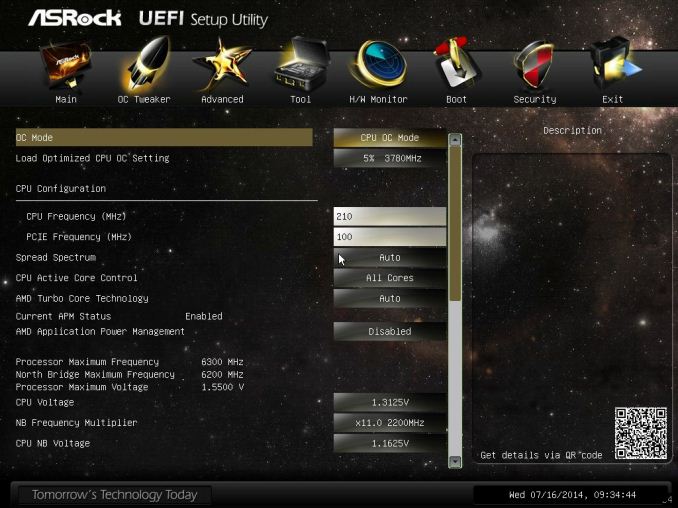
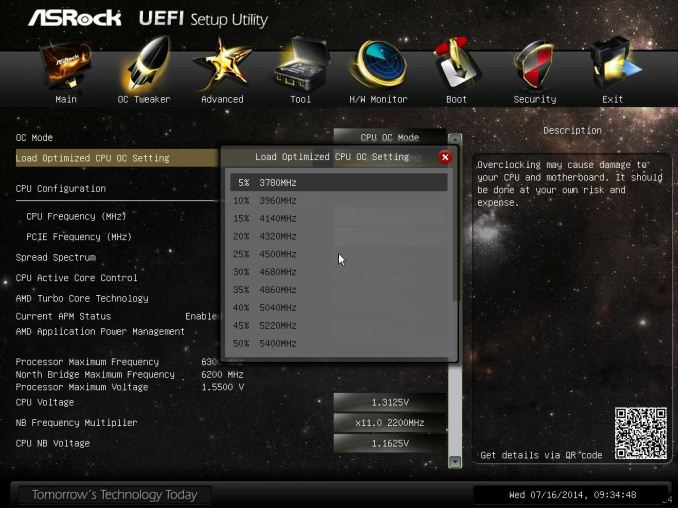
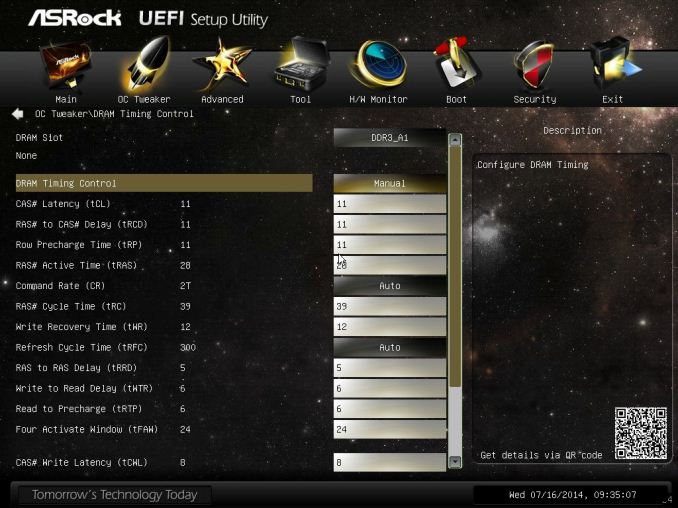

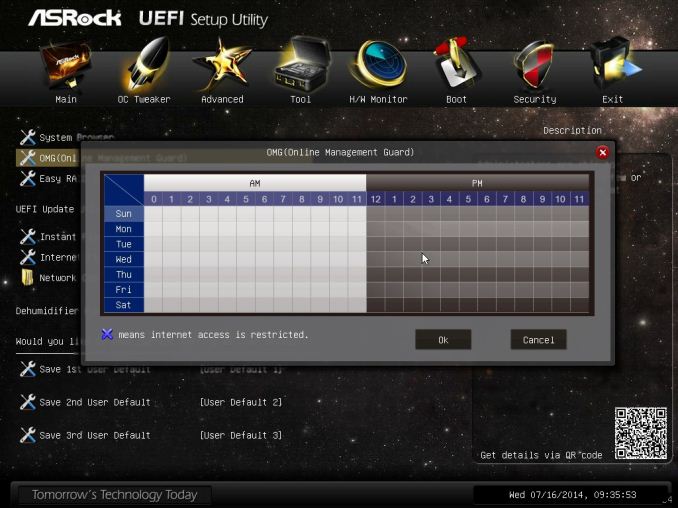

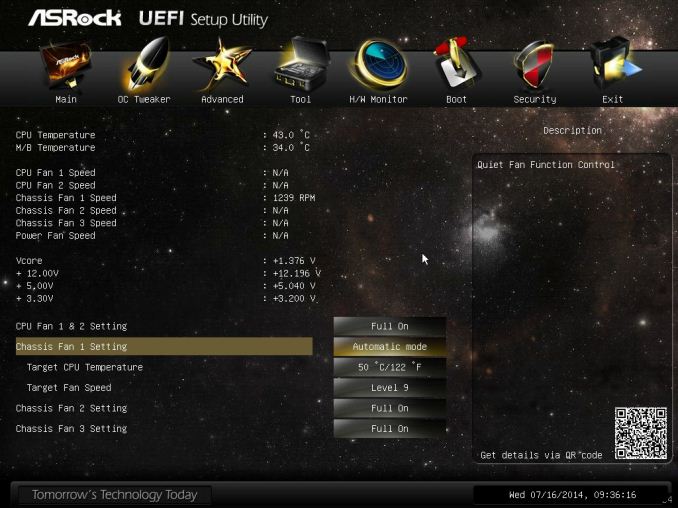







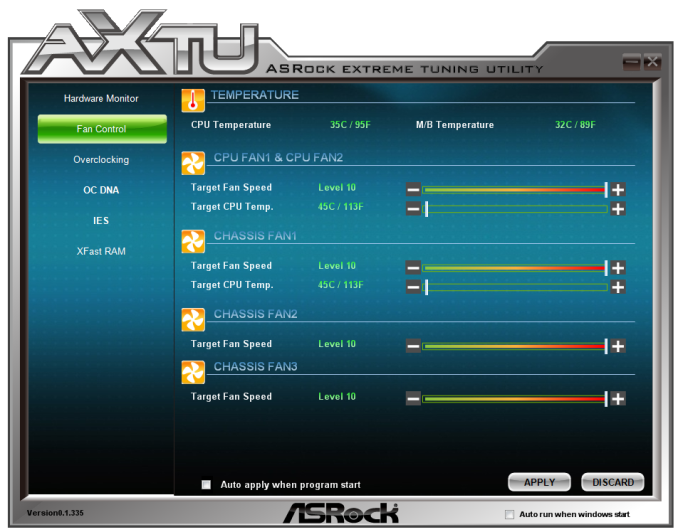
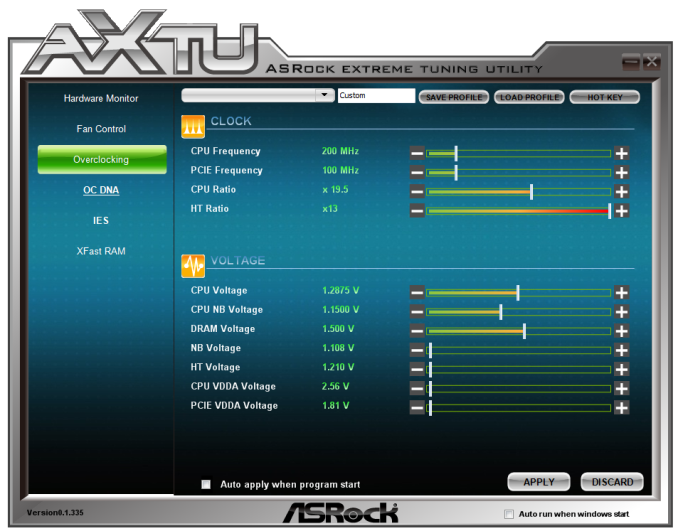

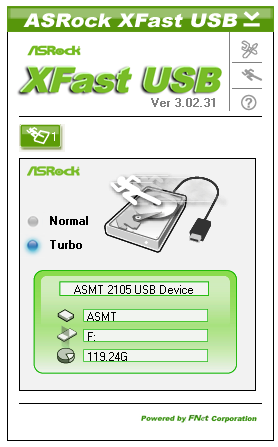
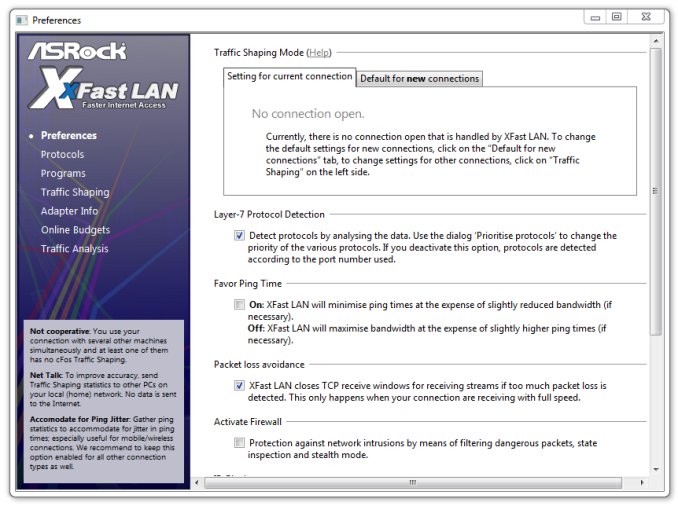














146 Comments
View All Comments
BMAN61 - Sunday, August 10, 2014 - link
" Alongside testing this CPU, the 220W TDP requires a substantial motherboard to match. Due to the age of the platform, the AM3+ socket and the old 990FX chipset, finding a motherboard can be rather tricky. Many of the AM3+ motherboards that were launched were only suited for the FX-8350 processors, which had a 125W TDP. This is yet another reason that AMD wanted the FX-9590 in the hands of system builders who would chose high end motherboards that could cope.Two of the newest motherboards to be released for 990FX were the ASRock 990FX Killer and the ASRock 990FX Extreme9. We reported the release of the Killer in December 2013, but the Killer is unsuitable here as the specification sheet lists processors up to 125W only. The Extreme9 is ASRock’s high-end AM3+ motherboard, and more suited to the task. "
This statement isn't entirely true; the ASUS Sabertooth 990FX motherboard supports this 220 watt CPU http://www.asus.com/ca-en/Motherboards/SABERTOOTH_... the only requirement is a BIOS update and better cooling.
StrangerGuy - Sunday, August 10, 2014 - link
So ~$170 solely for a mobo to reliably run a AMD chip.Intel is laughing to death somewhere a 4790K can be dropped into the cheapest of S1150 mobos and it just simply works.
just4U - Sunday, August 10, 2014 - link
Off the top of my head I don't know of anyone who has purchased a $350 i7 and paired it up with a $65 motherboard.. Most won't even use the stock cooler since +80c temperatures under load is a little on the alarming side.. Those that tend to purchase it as part of a new system are usually looking at $170 Motherboards and $30+ coolers.StrangerGuy - Sunday, August 10, 2014 - link
Intel temperature issues != AMD power delivery issues. The former can simply be solved with a $30 HSF, while the latter needs a $170 mobo AND even stronger cooling.And I'm one of those guys who run a 4790K on a $60 budget mobo. Paying an extra $100 for CPU at 4GHz stock with even higher turbo and HT is certainly more value for money than a $240 4690K with a $160 mobo with extravenous features that I don't need, and this does not include extra costs for cooling a OCed chip plus dealing with chip lottery. I don't know why is that even surprising to some...
just4U - Monday, August 11, 2014 - link
I don't believe you have a $60 board paired up with your 4790K. Sorry S... it simply doesn't make sense. You may not have Z97 deluxe but I think it's doubtful you've paired it with a H81 either.. That's like going out and buying a 780Ti and then using the worst turd of a PSU to power the damn thing.. or saying yeah this Celeron should be enough for that.. lol.. no.designgears - Sunday, August 10, 2014 - link
*facepalm*How many time did a stock i5 just beat an 8 core OC chip?!
mapesdhs - Tuesday, August 12, 2014 - link
A point which way too many AMD fans simply choose to ignore. Ah the 1st Rulestrikes again...
Ian.
nenforcer - Sunday, August 10, 2014 - link
The Realmark Audio Analyzer results have labeled this motherboard as having the Realtek ALC1150 audio codec just like most other modern motherboards, however, as stated previously in the article this motherboard has the older Realtek ALC898 codec.Jedibeeftrix - Sunday, August 10, 2014 - link
"If AMD is to return to the performance market, the power consumption has to be comparable to Intel, or if it is slightly higher, the chipset has to offer something Intel cannot. Any suggestions for what that feature should be should be submitted on a postcard/in the comments."24 PCIe 3.0 lanes on-die for uncompromised graphics whilst allowing M.2/Express at 3.0 4x:
http://jedibeeftrix.wordpress.com/2014/07/25/amd-t...
silverblue - Sunday, August 10, 2014 - link
Kaveri, from a technological standpoint, is a refined version of Zambezi, but it's still not perfect; they fixed an AVX bug but hamstrung FP adds somehow. Work done per module is improved due to the decoder changes.We don't know how L3 cache would help performance, as this is the first edition of the architecture that doesn't have such a flavour. The other issue is the reduced clock speed thanks to the 28nm SHP node; while it's very possible that a 4M/8T setup would exceed the 8350's performance, how much power would it use for that? I would theorise such a CPU (note - same clocks as the 7850K, and without L3 cache) outperforming the 8350 by about 10-15% in MT workloads, matching it in ST and even falling behind by 10-15% in FP; perhaps that's another reason for the lack of an FX line given that it'd be a regression. Right now, I don't think it'd serve in AMD's best interests to release a new FX series as it wouldn't benefit consumers at all.
I should imagine that if Excavator brings the rumoured IPC gains, AMD would simply dump AM3+ and resurrect FX as a 2M/4T FM2+ part; in essence, an i5 competitor. They did say that improved IPC was Excavator's raison d'etre; considering MT is fixed, it should mean instructions per core. Get the IPC high enough and they won't NEED to clock the parts so high, thus lower power; on this point, Carrizo is supposed to be rated at 65W TDP.